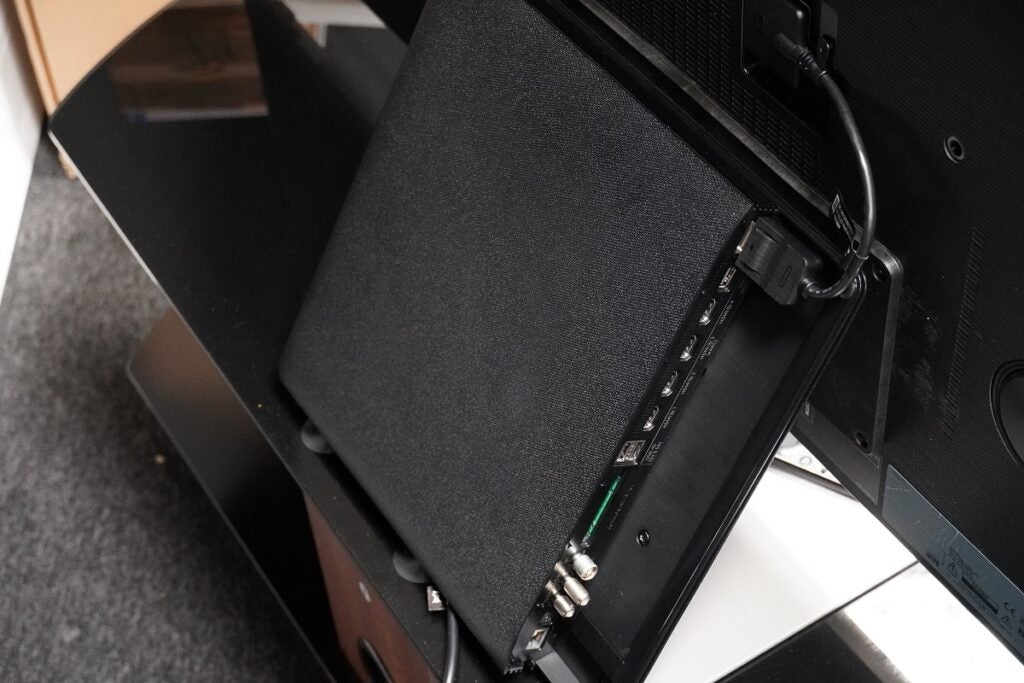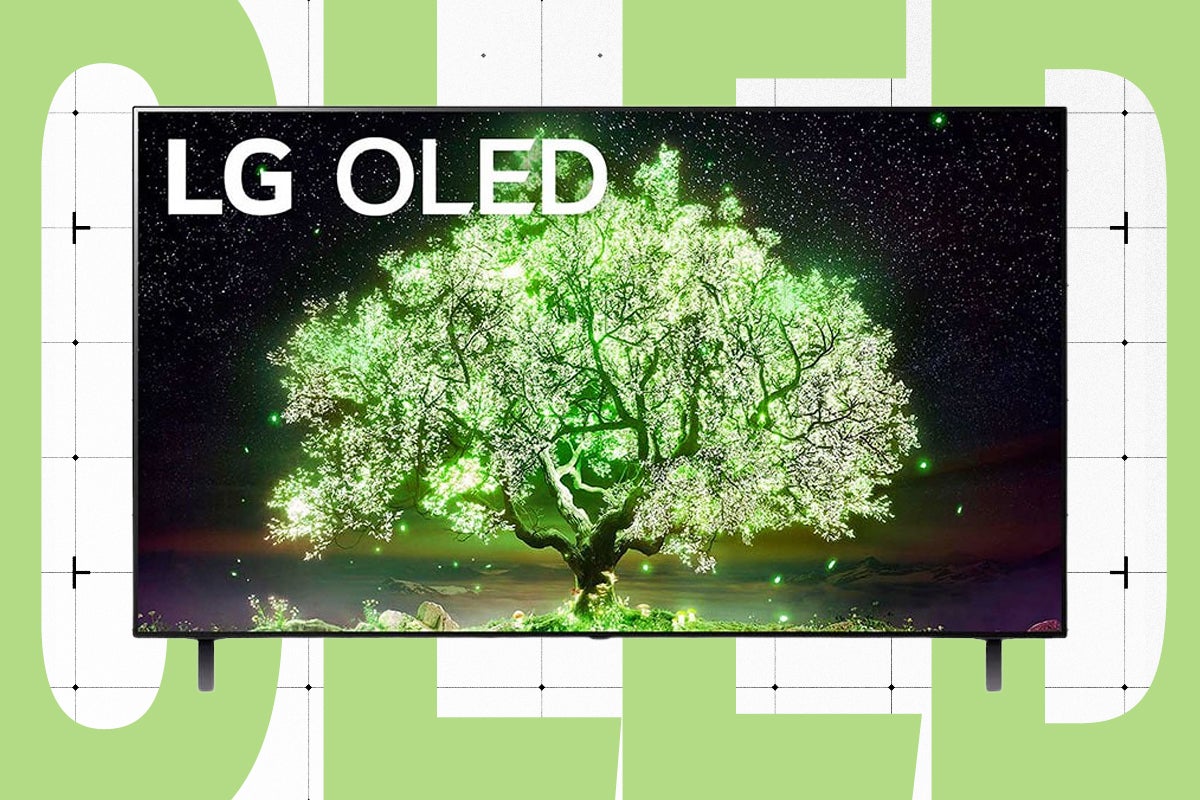What is Neo QLED? Is it better than Samsung’s QLED TVs?

There are plenty of buzzwords and technical jargon floating around in the world of TVs, and it’s not always clear what some refer to and what makes them different from any other type of TVs. One such term that has potential for confusion is Samsung’s Neo QLED TV range.
In 2021 Samsung introduced Neo QLED, an advancement of its existing QLED range of TVs. We’ll explain what it is, how it differs from its ‘normal’ QLED and whether you should consider investing in them.
What is Neo QLED?
Neo stands for, well, new, and unfortunately isn’t a reference to the character Keanu Reeves played in The Matrix films. QLED is short for Quantum dot LED, and you can read more in-depth information about the display technology in our explainer.

QLED uses an array of tiny dots (or to be more technical, nanocrystals) at different sizes that produce different colours when light is applied. Quantum dots are more efficient than conventional LCD displays, allowing for colours that appear purer, and help the TV hit greater brightness levels and a wider range of colours – although not all QLED displays are the same.
Neo QLED TVs incorporate Mini LED technology. The LEDs used in a Neo QLED backlight (or what Samsung calls its Quantum Mini LED backlight) are 1/40th the size of a convention LED, and that means that more of them can be placed into a smaller area.
A smaller size means higher density, so with a Mini LED backlight a TV’s brightness can be increased and its black level performance improved because the more LEDs there are, the more precise and efficient the display can be in how it controls its light output.
As well as being a technological advancement for Samsung’s LCD TVs, Neo QLED also serves a branding exercise to differentiate from the rest of its TVs, covering its 8K TVs and a selection of its 4K models that all feature the Mini LED display tech.
What’s the difference between Neo QLED and QLED?
There are a number of differences between Neo QLED and QLED, and not all are to do with the Mini LED backlight. Most of these are advanced features retained for Samsung’s top tier TV models.
Alongside the Quantum Mini LED backlight is the Quantum Matrix layer that controls the brightness of the LEDs and the Neo Quantum AI Processor. The processor utilises neural networks and artificial intelligence to assess what part of an image needs to be enhanced and how to do it. The AI processor is especially useful for 8K upscaling enable upscaling of resolutions as low as standard definition images (480p resolution) to 8K with fewer visual artefacts.

The Neo QLED sets also get features such as Ultra Viewing Angle that maintains colours and contrast at wider angles, along with the Anti-reflection technology to guard against reflections and glare from other light sources in a room.
Neo QLED isn’t just about the picture performance either, with the audio side of things getting a boost. Flagship Neo QLED models get Samsung’s OTS Pro. OTS stands for Object Tracking Sound, and the ‘Pro’ speaker set-up within Neo QLED TVs allows for objects to be tracked more precisely across the screen. For some of the 2022 models there is Dolby Atmos upfiring speakers to help fire sound above the TV. QLED TVs do get a version of these features but they’re not to as high performing a standard.

One final thing that marks a difference between Neo QLED and QLED TVs is the presence of the One Connect box. Rather than incorporating the connections in the back of the TV, they’re whisked away to a separate box that also features the TV’s processor, with the video/audio signals fed into the TV via a cable. Not all Neo QLEDs get this feature though, as only the 8K models and the flagship 4K TV have it.
Is a Samsung Neo QLED TV worth getting?
In terms of performance, its inarguable that Samsung Neo QLED range doesn’t deliver a fabulous performance for an LCD TV. They’re brighter than any OLED is capable of, which produces a vibrant HDR performance. Thanks to the Mini LED backlight, their black level performance is closer to OLED than its ever before, though issues with blooming where light spills over into dark parts of an image still remain. Combine the brightness and black levels are the contrast they offer is fantastic, making them a great fit for use in both bright and dark rooms.
But a purchase of a Neo QLED TV will hinge on one factor and that’s price. Neo QLED was created to showcase Samsung’s premium TV performance, while its ‘standard’ QLED functions as a more affordable (or less expensive) alternative. If you can afford it, there are few reasons not to consider getting a Neo QLED TV – its performance is truly spellbinding for an LCD TV – but it comes at quite the cost, so if you’re interested in getting a Samsung TV at lower prices then consider the traditional QLED line of even the Korean company’s Crystal UHD range.








